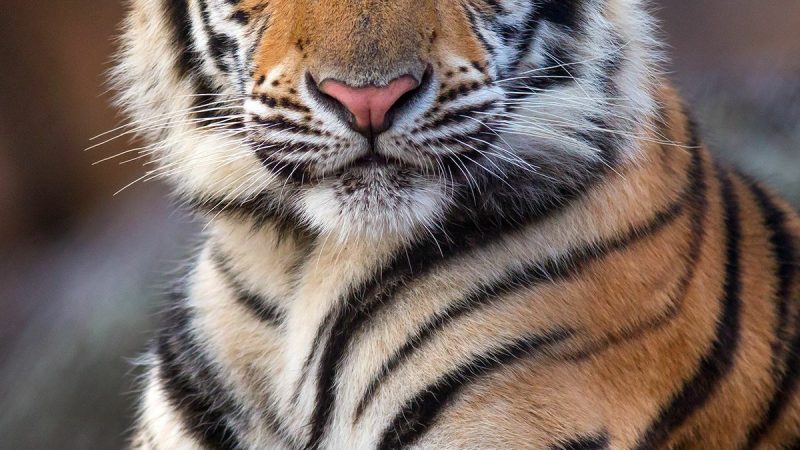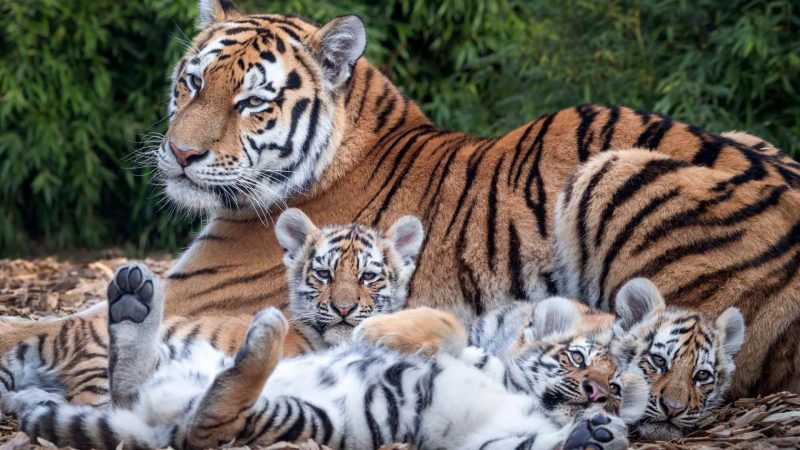Removing “part of the body to adapt and survive: Here’s how rattlesnakes neutralize the desert heat
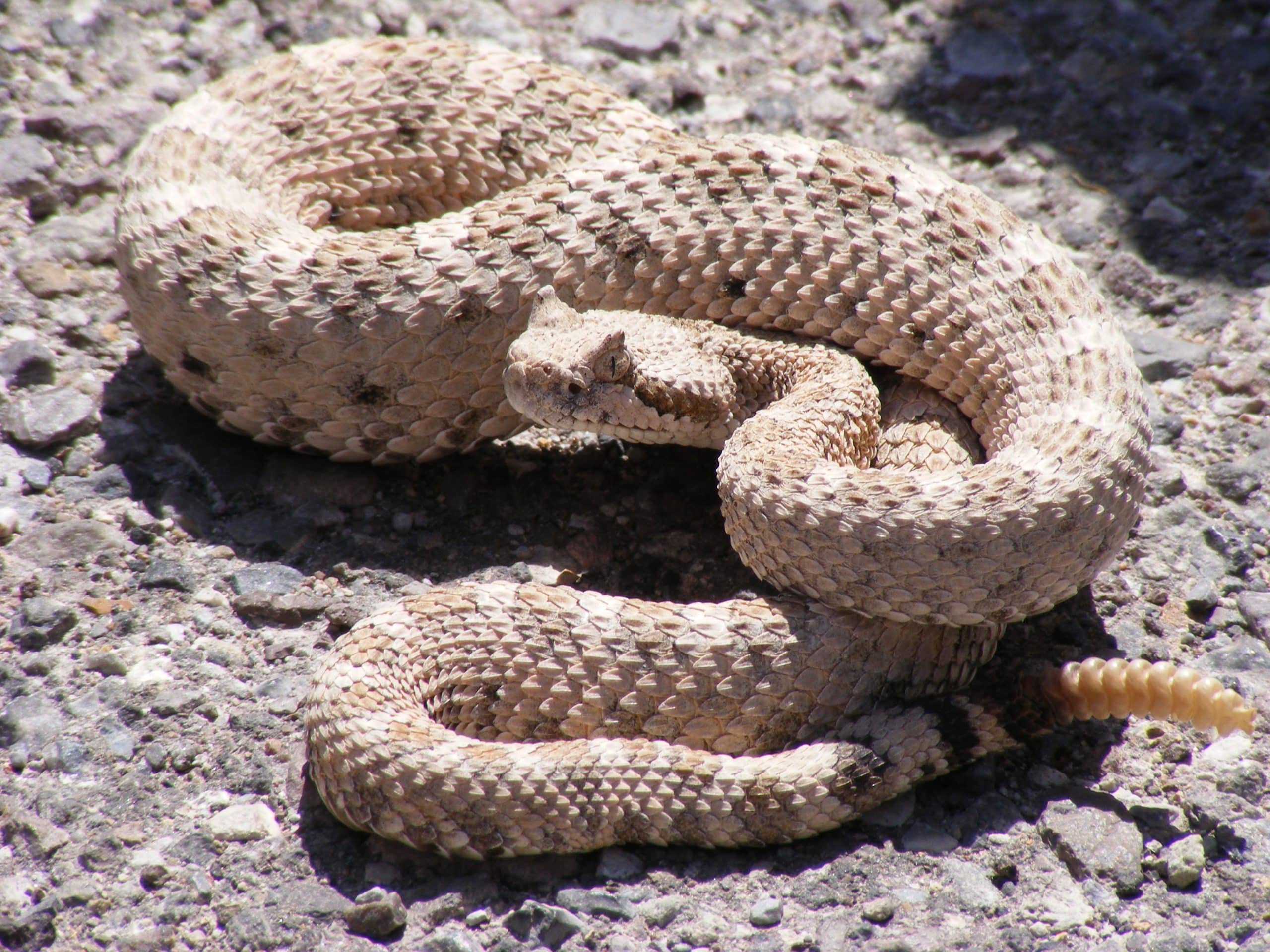
Rattlesnakes, specifically the Crotalus cerastes species, are venomous predators well-known for their elegant and captivating movement across the sandy deserts of North America, the Middle East, and Africa.
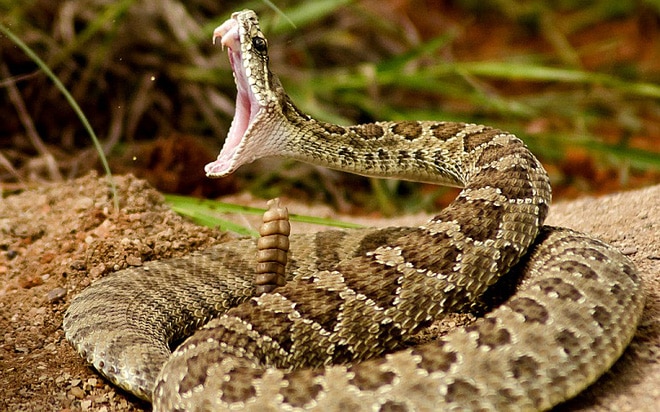
Unlike other snakes that rely on their heads to guide their movement, rattlesnakes, known as sidewinders, have developed a unique curvilinear (sideways) method of locomotion. This means that they utilize their bodies to orient themselves and master their distinctive movement style.
Researchers conducted a study using natural snake skins from three sidewinder species: rattlesnakes (Crotalus cerastes) native to the United States and Mexico, as well as two North African species, the Saharan horned snake (Cerastes cerastes), and the Sahara sand snake (Cerastes vipera).
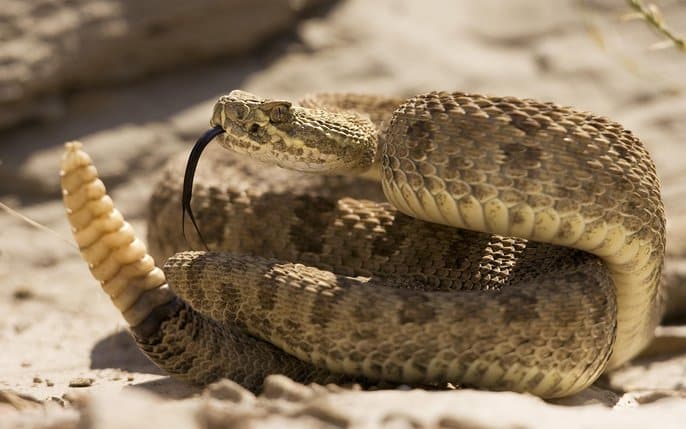
When examining the snake skins under an atomic force microscope, the researchers discovered that the Mexican spear-nosed rattlesnake (Crotalus polystictus) had ventral scales resembling spines, facilitating slithering movement. In contrast, the Sahara sand snake only possessed small, uniform pits on its abdomen.
According to reports from Cosmos Magazine and the New York Times, the spines on the rattlesnake’s belly created more directional friction with the ground, enabling the snake to propel itself forward effectively.
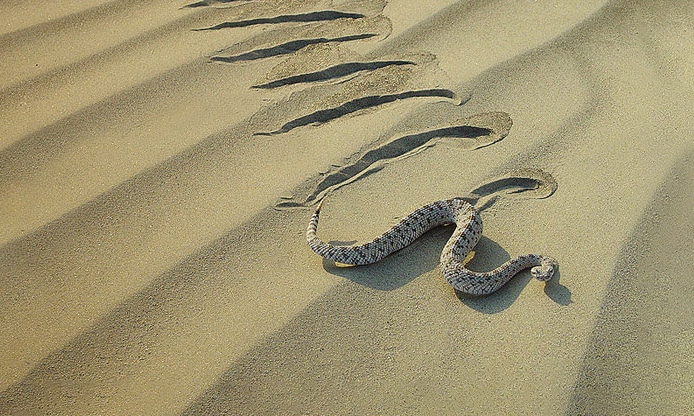
Further examination of the rattlesnake’s skin by Jennifer Rieser and her team from Emory University in Atlanta revealed microscopic holes on the snakes’ bellies. These holes likely allow the snakes to move smoothly on smooth sand surfaces.
This suggests that sidewinder snakes have evolved to have smoother and frictionless bellies by removing spines. This adaptation enables them to move in any direction without experiencing frictional resistance.

Sidewinder snakes move by simultaneously pushing forward with two parts of their bodies. By keeping their entire bodies in contact with the desert sand, they can avoid getting scorched while achieving faster speeds.
It is worth noting that sidewinder snakes do not require pushing their bodies forward to initiate movement, as their lower bodies naturally push themselves upward. Therefore, if their abdomens and torsos have spiky scales, they would experience increased friction and hinder their sideways movement.
Upon closer examination of the rattlesnake’s sidewinding skin, researchers discovered small holes along the ventral scales, similar to their African relatives, as well as a few tiny spines.
This serves as evidence that desert-dwelling snakes have adapted to their specific habitat. The presence of a few small spines on the rattlesnake’s abdomen likely serves a purpose related to their specialized movement and survival in the desert environment.

